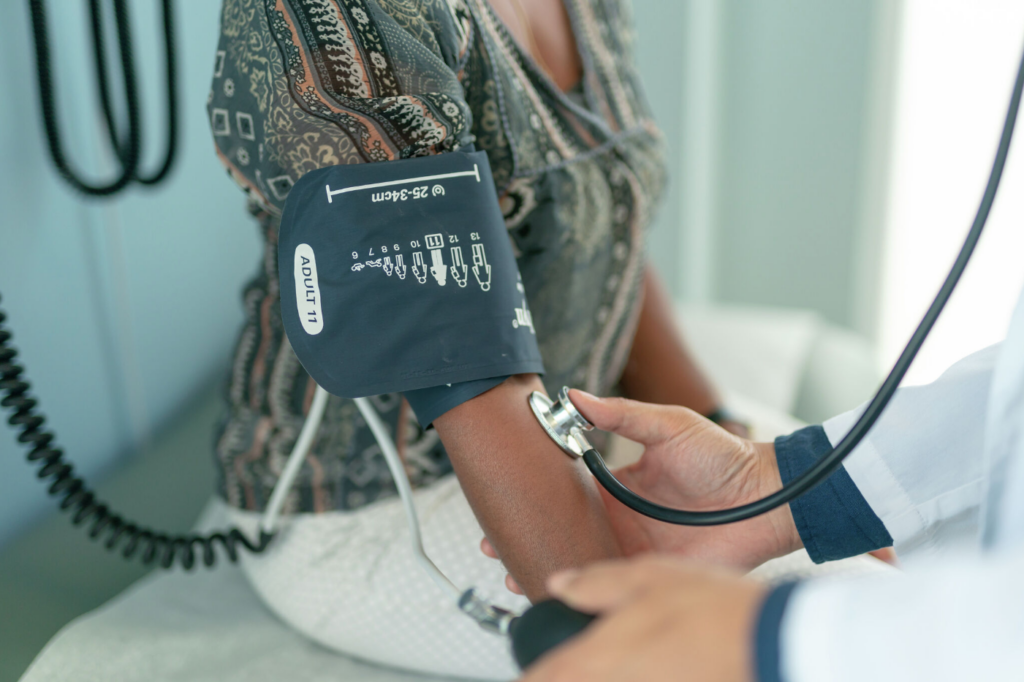June begins New York’s post-COVID Medicaid cleanse. State’s Essential Plan: loss buffer? 2023

New York resumes Medicaid eligibility checks after three years. The 14-month Medicaid cleanse begins June 30.
Early data from states that have begun the Medicaid renewal process support projections that millions of Americans will lose health coverage, but New York officials say they are relying on the state’s unique Essential Plan and an aggressive outreach campaign to keep people insured.
This week, 11 states reported that over 600,000 Medicaid customers have been disenrolled when COVID-19 protections terminated April 1.
According to a Kaiser Family Foundation research, Florida had a 54 percent disenrollment rate, while Pennsylvania and Virginia had 10 percent.
Oklahoma and Idaho state dashboards, which did not provide numbers to the federal government, revealed 70–80% of Medicaid members due for renewal departed from their health programs.
Dan Tsai, director of CMS’ Medicaid and Child Health Plus programs, said most persons deleted from states’ health plans were not disqualified due to poverty but simply didn’t complete the paperwork.
“We are definitely seeing from a range of sources that that awareness is not there,” Tsai said during a Tuesday press appearance.
“This really is an all-hands-on-deck moment, where even when states are following all the federal rules required for Medicaid renewals, we are looking to everybody to do more to help ensure that eligible people stay covered.”

Kaiser Foundation believes that four out of five dropped persons never submitted papers or omitted essential documentation.
How come this is taking place?
For federal help, states had to suspend Medicaid eligibility checks during the epidemic. Medicaid enrollment increased. Policymakers and activists were expecting a big decline in insurance coverage once the federal government resumed Medicaid renewals.
The Biden administration advises states to renew Medicaid slowly and employ all available flexibilities.
However, supplemental federal assistance is being tapered off, and several Republican state governments were concerned about the fiscal danger of maintaining bloated Medicaid numbers.
According to the state Department of Health, more than 9 million New Yorkers are enrolled in Medicaid, Child Health Plus, and the Essential plan—about half of the state’s population.
NY State of Health executive director Danielle Holahan says the Medicaid unraveling is the biggest insurance coverage event since the 2014 Affordable Care Act.
“It’s huge. “Our New York coverage is at an all-time high,” Holahan added. “Pre-pandemic, our uninsured rates were 5%—which we are very proud of—and we assume those numbers have declined as people have been continuously covered. We want to keep eligible folks covered.”
According to Holahan, New York’s Essential Plan may make it easier to move people off Medicaid.
The state possesses income information for many Medicaid members, making it easier to switch to other plans in the NY State of Health marketplace.
The state started an advertising and public education effort using direct mailings, emails, and texts. State authorities have requested many federal flexibilities, including the ability to automatically renew some SNAP consumers and seniors.

“It’s unfortunate that people are being unenrolled,” Holahan added. “We don’t want that.”
The Essential Plan?
One of two states offering low-cost or free insurance to persons above Medicaid restrictions is New York. As of 2021, all Essential Plan levels are premium- and deductible-free.
The Essential Plan is available to New Yorkers earning up to $29,000 or $60,000 per family.
Last month, the state Department of Health requested that the Biden administration boost the Essential Plan income qualifying ceiling from 200 percent to 250 percent of the federal poverty level. The waiver request would qualify a family of four earning $75,000 for the free insurance plan.
“The Essential Plan is a wonderful transition for people whose income might have increased from Medicaid level and the federal government has added subsidies to the qualified health plans, so coverage through the commercial products are more affordable than ever,” Holahan said. “So income-changed people have options.”
Child Health Plus now covers children from four-person households earning up to $120,000.
New York fallout predictions vary. Robert Wood Johnson Foundation projected in December that a million New Yorkers might lose public insurance. The group predicts a 20% increase in uninsured New Yorkers, even though most will be allocated to other plans.
According to state Medicaid Director Amir Bassiri, February state Department of Health modeling predicted that 100,000 people will lose insurance.
“That’s really a credit to the marketplace, the New York State of Health, and our products,” Bassiri added.
